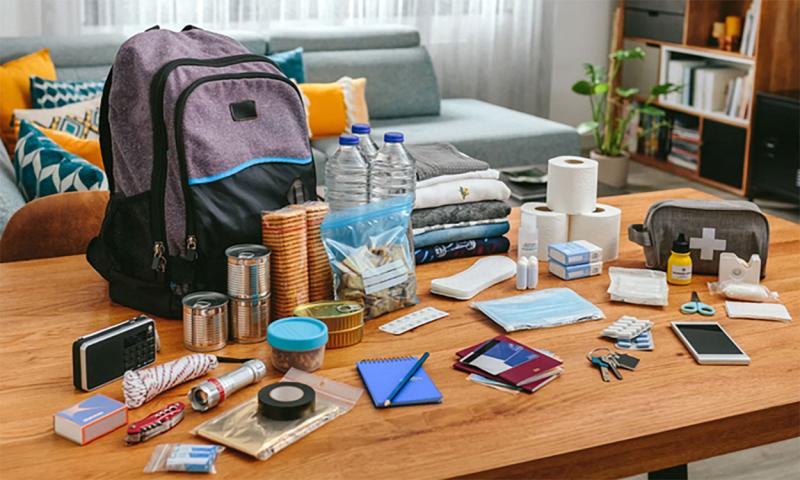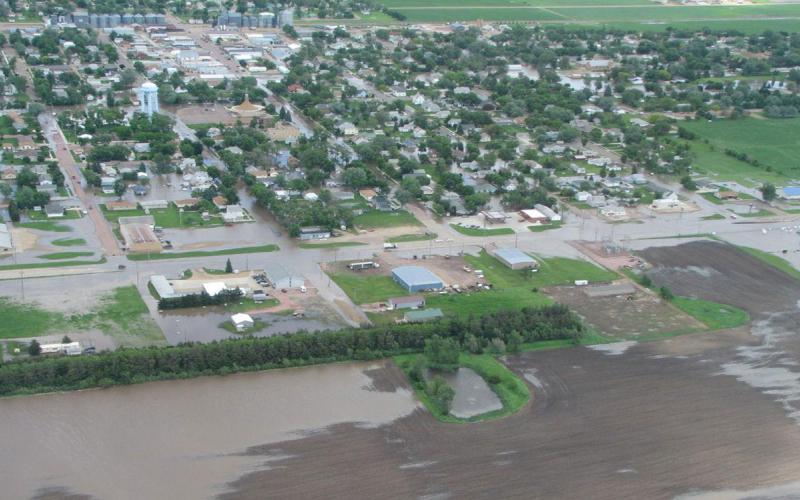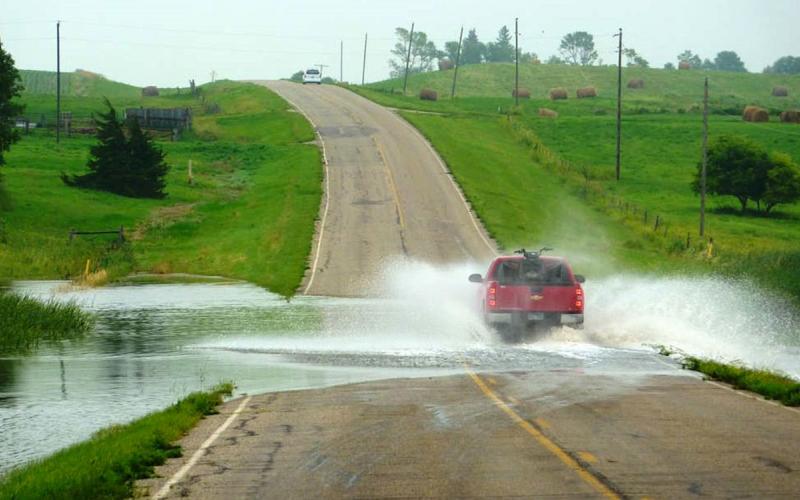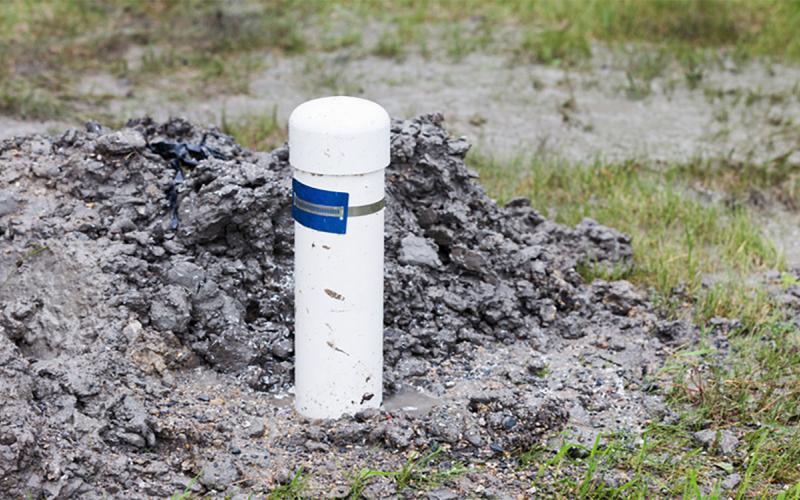Floods can develop slowly or strike suddenly without warning. Being prepared can save lives and bring peace of mind. The following are key steps to take before, during, and after a flood event.
Before a Flood

- Create a communications plan. Establish a plan to communicate with family and friends during a disaster, including a designated contact person and a safe meeting location.
- Assemble an emergency kit. Keep a kit with enough food, water, and medicine for at least three days. Include batteries, blankets, flashlights, a first aid kit, and a NOAA Weather Radio.
- Know your risk. Determine if your home, business, or school is in a floodplain. Identify water collection points on your travel routes, and know the quickest path to higher ground.
- Sign up for notifications. Use services like the Advanced Hydrologic Prediction Service to stay informed about local water conditions.
- Prepare your home. Use sandbags to protect your home if time allows. Install check valves in plumbing, ensure that sump pumps work, and mark circuit breakers. Purchase flood insurance well in advance, as policies take time to become effective.
- Prepare your family and pets. Pack essentials in advance and make arrangements for pets in case of evacuation.
- Charge essential electronics. Keep your cell phone and portable radios charged and have backup batteries on hand.
- Evacuate early. Don't wait for official orders if flooding is imminent. Lock your home, disconnect utilities, and take pets with you.
During a Flood
- Stay informed. Monitor local news and weather updates.
- Get to higher ground. Move to higher ground if you are in a flood-prone area.
- Obey evacuation orders. Follow orders promptly, lock your home, and disconnect utilities if time allows.
- Practice electrical safety. Avoid rooms with submerged electrical outlets and cords.
- Avoid flood waters. Do not walk or drive through floodwaters. Remember, "Turn around, don't drown!" A vehicle caught in swiftly moving water can be swept away in seconds: 12 inches of water can float a car or small SUV; 18 inches of water can carry away large vehicles.
After a Flood
- Stay informed. Listen to updates on road conditions and water safety.
- Avoid flood waters. Standing water can hide dangers and contaminants.
- Avoid disaster areas. Stay clear to avoid hampering rescue operations.
- Heed road signs. Pay attention to road closures and cautionary signs.
- Wait for the “all clear.” Do not enter flood-damaged buildings until authorities declare them safe.
- Contact loved ones. Inform family and friends of your safety.
In Summary
Following these steps can help protect you and your loved ones before, during, and after a flood. Stay prepared and stay safe. Readers are also encouraged to read the following articles referred by the National Weather Service:
- Before a Flood, National Weather Service.
- During a Flood, National Weather Service.
- After a Flood, National Weather Service.


